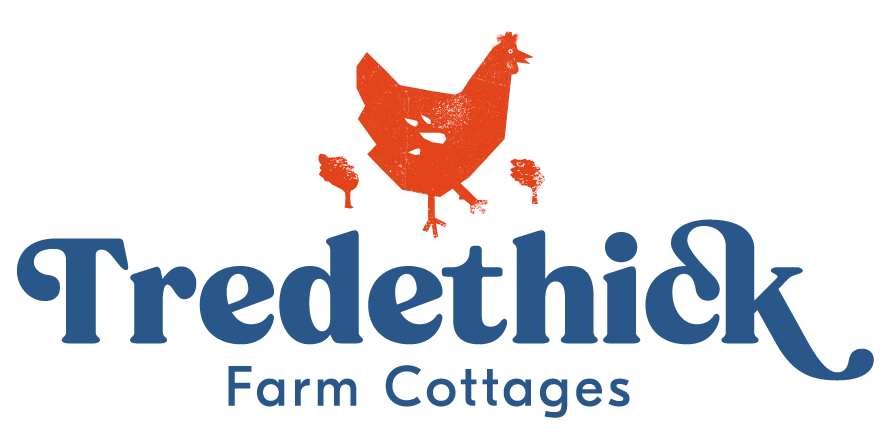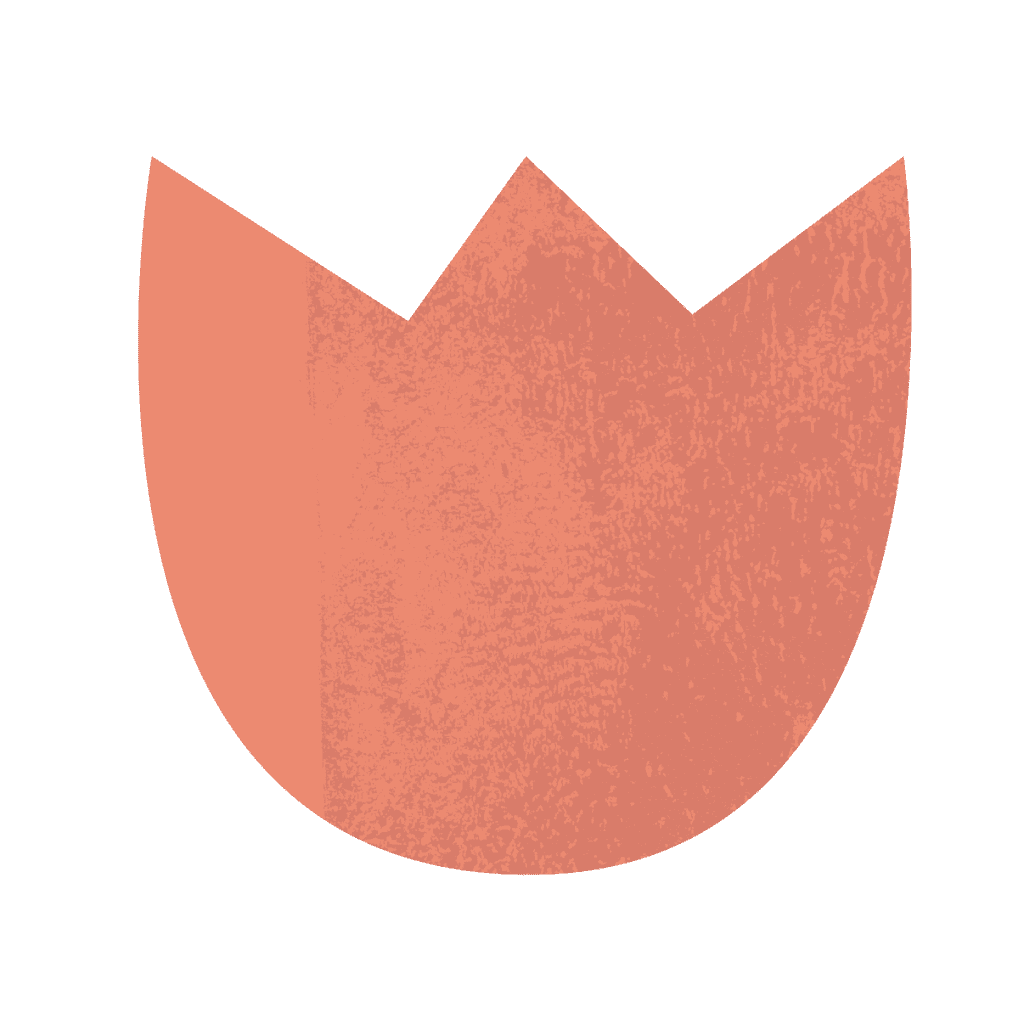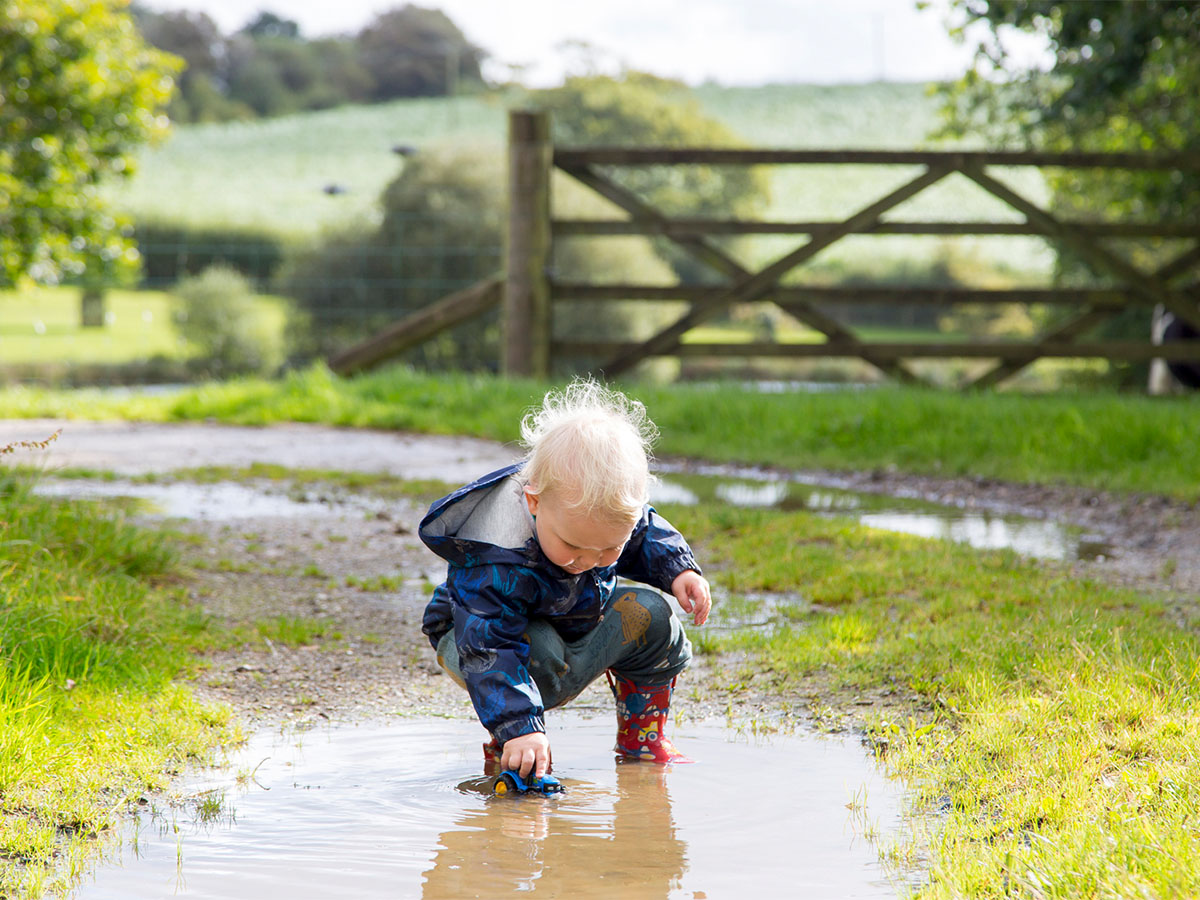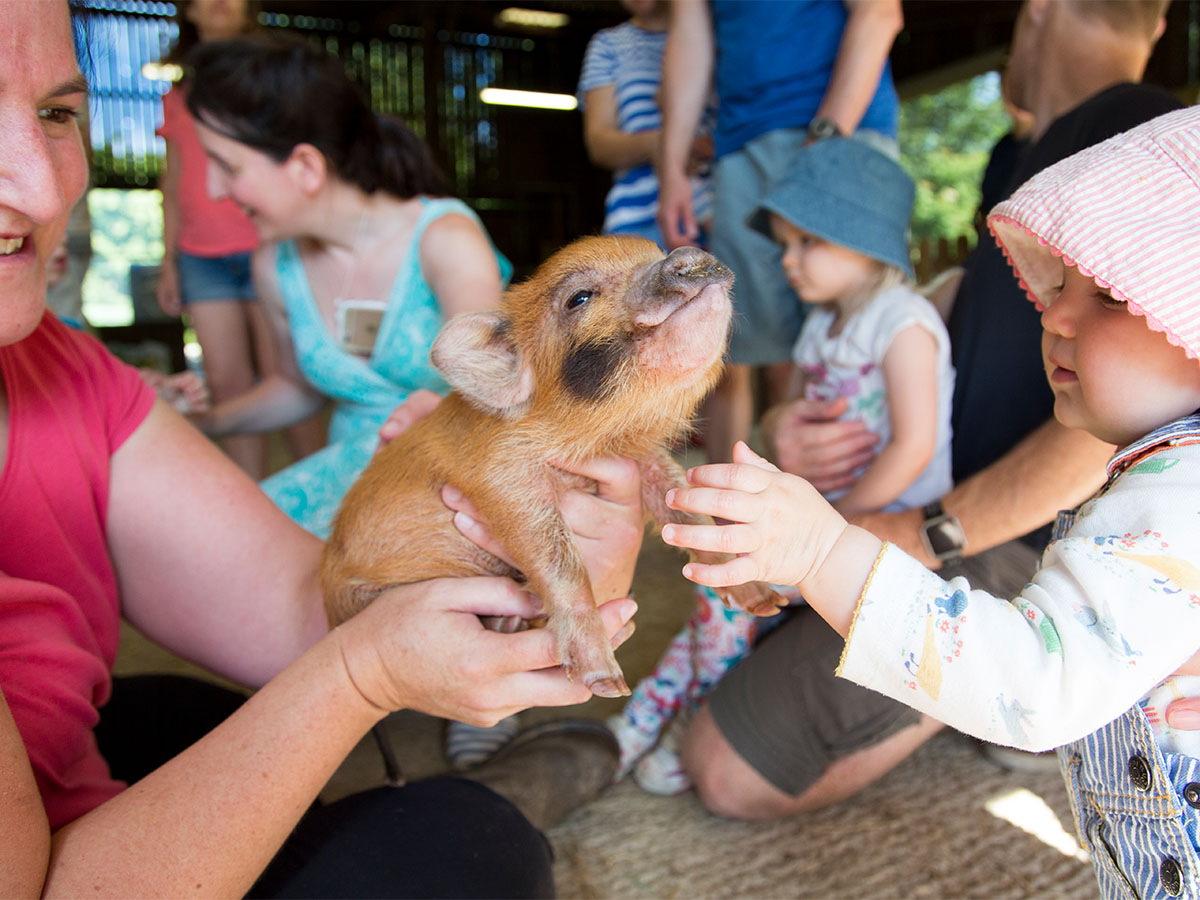A brief history of Tredethick
Our beautiful courtyard cottages are converted from Victorian barns, while the granite quoin stones, running up the corners of the buildings, were salvaged from earlier medieval buildings.
Liddicoat cottage is named after the family (relatives of the Reed family) who lived and farmed at Tredethick from 1914 to 1962. The double bedroom originally housed a grain mill, which milled the grain from the Granary next door. Latterly, it was used to house the farm bull over the winter right up until 1992.
Scantlebury cottage was once split in two. One third (closest to Wagonhouse cottage) was known as the ‘Turnip Shed’ and was also used as a bull pen. The other two thirds were known as ‘No. 7 House’, because there was enough space for up to seven cows to be tethered for milking at any one time. In the 1940s a young lad used to be paid sixpence a time by the farmer to milk the cows here after school each day. We’ve named this cottage after the family who lived at Tredethick for two generations from around the 1850s to 1914. You can see a photo of them in the Play Barn.
As the name suggests, Wagonhouse was built originally to house farm carts and, apart from the two granite supports, the front of the barn was completely open. More recently it was used as a grain store, with a large pit situated in the front single bedroom. Trailers tipped the grain into the pit and it was then augured into grain bins situated in the rest of the barn. Again, there are photos in the Play Barn of how it used to look.
Until the 1880s, there were two separate Tredethick farmsteads. One existed on this site and was known as Searles. When we started building Searles and Orchard cottages in the autumn of 1997 we found lots of pieces of medieval pottery. We have tried to mirror the existing barn conversions by using local stone and reclaimed materials. The granite quoins and lintels on the exterior were mostly saved from a demolished Victorian school and the Cornish slate on the roof has finally come home after spending over 100 years at a London hospital.
Dairy cottage was originally designed to house cattle and the very narrow windows in the double bedroom and bathroom were to give ventilation. From 1962 until the early 1970s the milking parlour was where the bathroom and bedrooms now are. The living area was the dairy where the milk was cooled and stored in churns. More recently it was used for calving cows right up until 1992.
As its name suggests in Hayloft cottage, the living area was once the Hayloft for the stables below and the top of the hayloft ladder can still be seen to the right of the fireplace. The bathroom and double bedroom were originally the farm piggeries and more recently used to rear calves for the dairy herd.
Finally, Granary cottage which was once the grain store. The grain was originally threshed by a threshing mechanism in a ‘Round House’ which stood where the car space now is. The ground floor had a number of uses over the years including housing cattle, pigs and ewes with their new born lambs.
About Tredethick Farm Cottages: We have eight beautifully appointed cottages in a courtyard setting in the heart of our Farm in Lostwithiel, Cornwall. Our guests enjoy daily animal feeding, pony rides and splashing around in our indoor swimming pool. We have thought of everything that families with young children need so parents can totally relax in our idyllic, calm setting. A truly family-friendly farm holiday.





